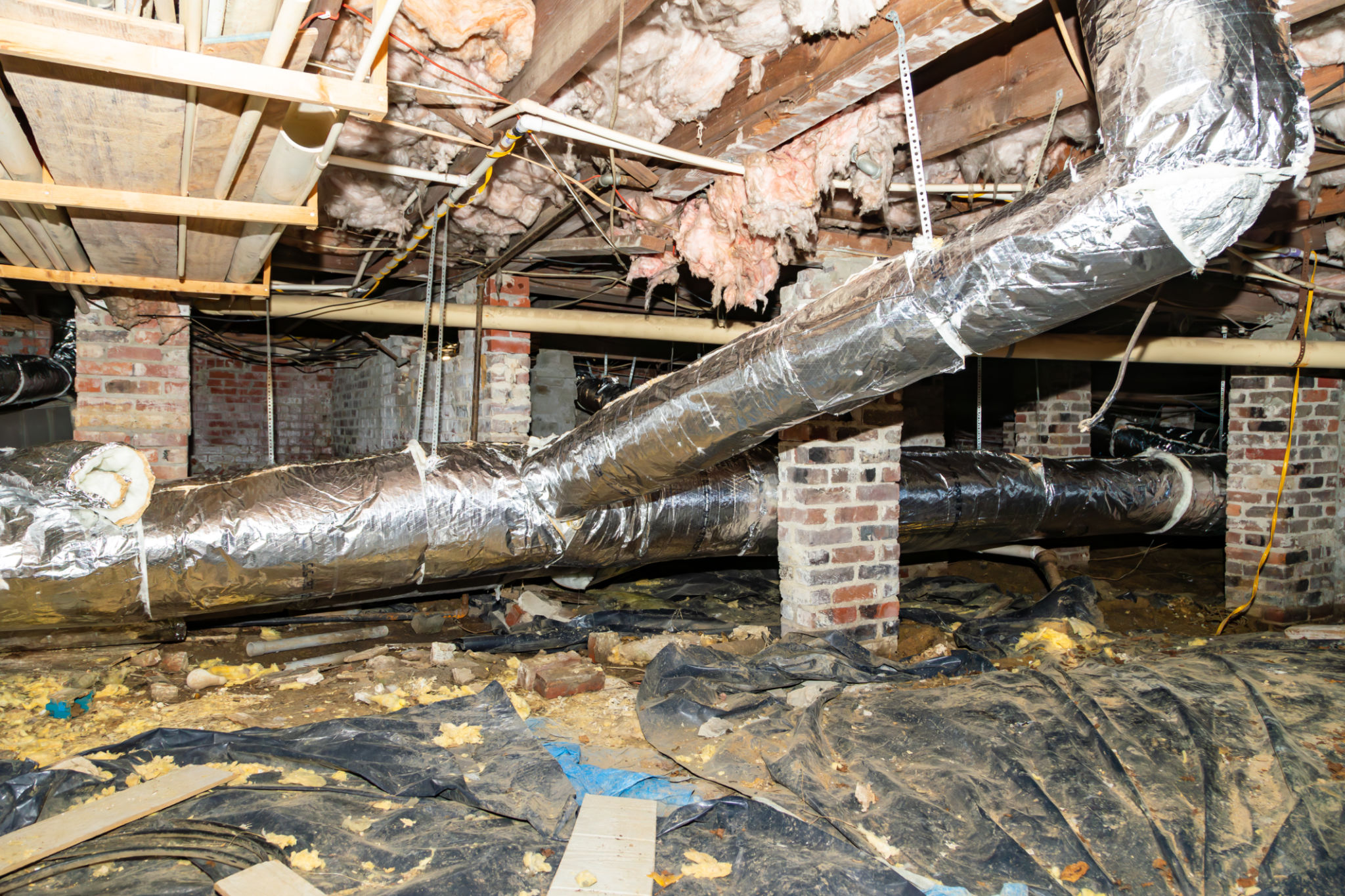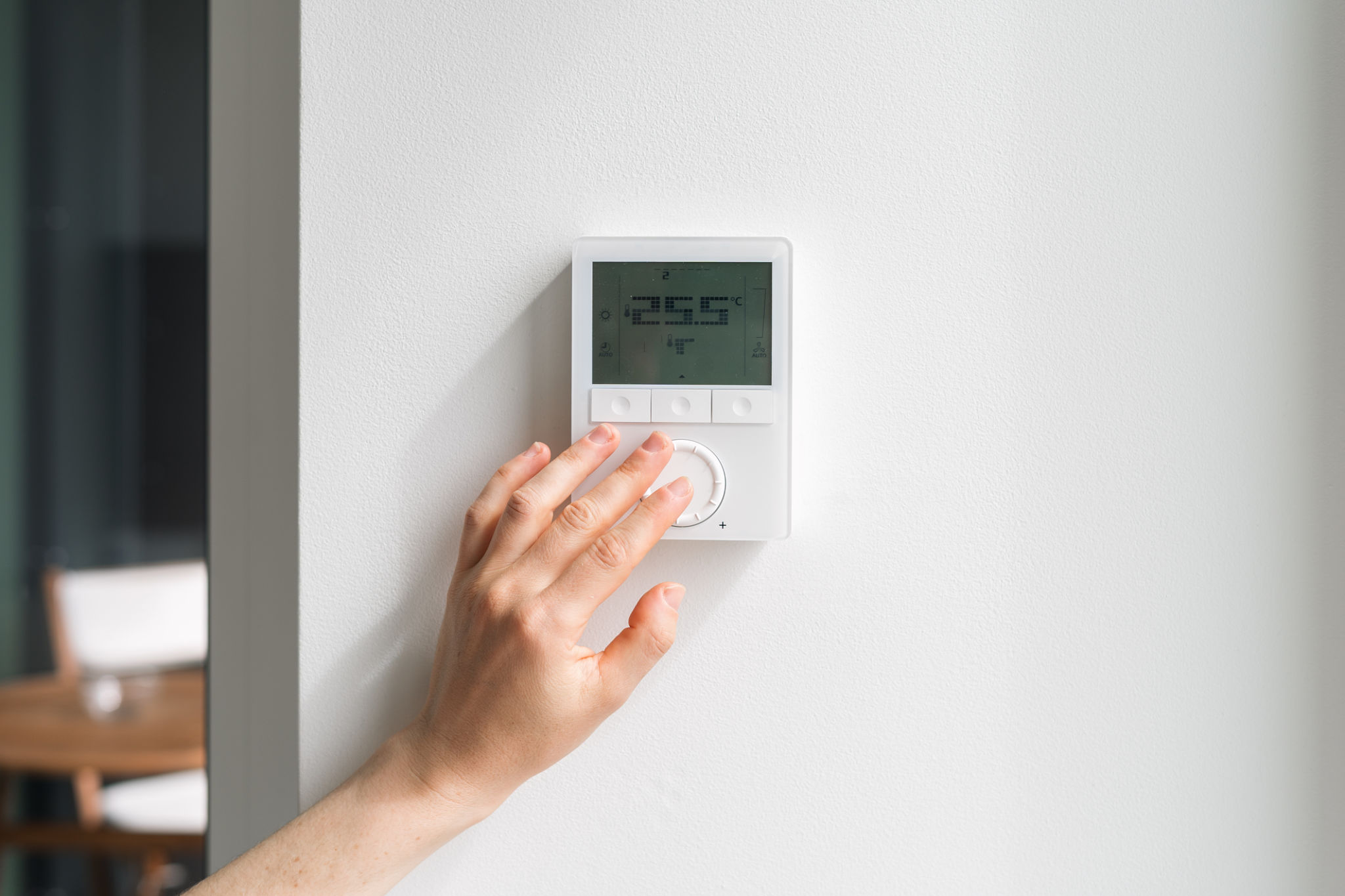Common Myths About Crawlspace Ventilation in Humid Climates
Understanding Crawlspace Ventilation
Crawlspaces are an essential part of many homes, providing a buffer between the ground and the house's floor. However, they can also be a source of moisture problems, especially in humid climates. Proper ventilation is often recommended to mitigate these issues, but there are several myths surrounding crawlspace ventilation that can lead homeowners astray.

Myth 1: Ventilation Always Solves Moisture Problems
One common misconception is that simply adding ventilation will automatically resolve any moisture issues in a crawlspace. While ventilation can help in some cases, it is not a one-size-fits-all solution. In humid climates, outside air can introduce more moisture into the crawlspace rather than reducing it. This is because the air circulating into the space can be saturated with moisture, leading to increased humidity levels.
Myth 2: Closed Crawlspaces Accumulate More Moisture
Another myth is that closed or encapsulated crawlspaces inherently trap more moisture than ventilated ones. In reality, a properly sealed crawlspace with a vapor barrier can effectively control moisture levels. By preventing humid air from entering and maintaining a consistent environment, closed crawlspaces often perform better in humid climates than their ventilated counterparts.

Myth 3: All Crawlspaces Require Identical Ventilation Strategies
Not every crawlspace is the same, and neither are their needs for ventilation. Factors such as the local climate, the design of the home, and the existing moisture levels all play a crucial role in determining the best approach. Some homes may benefit from mechanical ventilation systems or dehumidifiers instead of or in addition to traditional vents.
Key Considerations for Crawlspace Ventilation
When addressing crawlspace ventilation, it's important to consider the specific conditions of your home. Here are a few steps to take:
- Assess the current moisture levels and sources of moisture in the crawlspace.
- Evaluate the effectiveness of existing ventilation systems or barriers.
- Consult with a professional to determine the best strategy for your specific situation.

Myth 4: Ventilation and Insulation Are Unrelated
Many people believe that ventilation and insulation have no connection. However, they are closely linked when it comes to maintaining a healthy crawlspace. Effective insulation can help regulate temperature and reduce condensation, working hand-in-hand with ventilation strategies to prevent moisture buildup.
Myth 5: More Vents Equal Better Ventilation
The idea that more vents will improve air circulation and thus solve moisture problems is another common misconception. Adding too many vents can lead to inconsistent airflow, which might exacerbate moisture issues rather than alleviate them. Instead, focus on strategic placement and proper sealing of vents to optimize airflow.
In conclusion, understanding crawlspace ventilation requires dispelling these myths and recognizing the unique needs of your home. By taking a thoughtful approach and seeking professional guidance, you can create a healthier environment for your home, even in humid climates.
